Neck pain from retrolisthesis can feel both scary and frustrating. Similar to when people wake up with neck pain and can’t turn their head, the stiffness can make even simple movements feel overwhelming.This happens when one of the bones in your neck slips a little backward, which can lead to stiffness, soreness, or even pressure on your nerves[1].
Simple exercises for retrolisthesis can make the neck more flexible, keep supporting muscles strong, and reduce tightness. It is just as important to know which exercises to avoid so the neck is not strained further.
What is Retrolisthesis in the Neck?
Retrolisthesis happens when one vertebra in the spine slips backward compared to the one below it. When this occurs in the neck area, it is called cervical retrolisthesis. This backward shift can affect the alignment of the spine and may change how the neck moves during everyday activities [5].
It is different from Spondylolisthesis, which is when a vertebra slips forward instead of backward. Doctors usually detect retrolisthesis using X-rays, which clearly show the position of the bones [5].
Common causes include natural aging, injuries from falls or accidents, and poor posture over time. In some cases, a person may be born with spinal structures that make them more likely to develop this condition.
Why Exercise Matters for Retrolisthesis ?
Exercises play an important role in how the body adapts and maintains strength, flexibility, and posture. When discussing retrolisthesis in the neck, gentle, controlled movements help reduce stiffness, strengthen support muscles, and improve posture. But the wrong movements can add strain which is why knowing both safe and unsafe exercises matters.
It’s important to note that not all movements are equally useful. Some can contribute to better posture and smoother motion, while others may place unnecessary strain on the cervical spine. That is why identifying which exercises are considered safe and which are best avoided becomes a key part of any discussion about retrolisthesis.
Rather than focusing on intensity or heavy resistance, the most effective approaches emphasize gradual, low-impact movements designed to maintain mobility and control. This creates a foundation for the targeted exercises outlined in the next section.
Retrolisthesis Neck Exercises (Safe Movements)
Work only in a comfortable mid-range; move slowly; do not hold your breath. Stop immediately if you notice dizziness, visual change, numbness, tingling, weakness, unsteadiness, or electric-like facial pain. Do not perform ballistic or high-velocity neck movements [1, 3].
When exploring exercises connected to retrolisthesis in the neck, the focus is on simple, low-impact movements that encourage control, posture, and mobility. These exercises can be performed without equipment and are easy to adapt to different comfort levels.
1. Cervical Flexion and Extension

-
Sit or stand upright with shoulders relaxed.
-
Slowly lower your chin toward your chest until you feel a gentle stretch.
- Return to the starting position; allow only a small, comfortable lift of your gaze while keeping the neck near neutral; do not look up to end-range.
-
Repeat the sequence several times at a steady pace.
2. Side-to-Side Neck Tilts

-
Keep your back straight and shoulders level.
- Lean slightly toward your shoulder within a comfortable mid-range; do not approximate ear to shoulder; return to centre.
-
Return to the center, then repeat on the left side.
-
Perform equal repetitions on each side.
3. Chin Tucks

-
Sit or stand tall with eyes facing forward.
-
Gently draw your chin back, as though making a double chin.
-
Hold briefly, then return to neutral.
-
Repeat multiple times, keeping the movement smooth.
4. Isometric Neck Contractions

-
Place one hand against the side of your head.
- Keep the neck in neutral; apply light pressure without allowing movement. Do not press downward on the top of the head.
-
Hold the tension briefly, then release.
-
Repeat on the opposite side, as well as the front and back.
5. Shoulder Retraction

-
Sit or stand with arms at your sides.
-
Draw your shoulder blades together and hold briefly.
-
Release slowly and repeat.
-
Focus on keeping the chest open and posture upright.
These movements prioritize gentle engagement and control, helping to build awareness of posture while maintaining flexibility in the neck and upper back.
Retrolisthesis Exercises to Avoid
When dealing with retrolisthesis, not every exercise is safe for the spine. Certain movements can increase pressure on the vertebrae or place unnecessary strain on the neck. If you have retrolisthesis, it’s best to avoid these exercises unless cleared by your doctor or physical therapist[1, 7].
1. High-Impact Activities
 Movements such as running, jumping, or contact sports can create strong forces through the spine. These impacts may challenge stability in ways that are not ideal for someone managing vertebral misalignment.
Movements such as running, jumping, or contact sports can create strong forces through the spine. These impacts may challenge stability in ways that are not ideal for someone managing vertebral misalignment.
2. Deep Backbends or Hyperextension
 Exercises that push the head and neck far backward, such as wheel pose or bridge pose in yoga, involve extreme ranges of motion. This can place added stress on the cervical spine.
Exercises that push the head and neck far backward, such as wheel pose or bridge pose in yoga, involve extreme ranges of motion. This can place added stress on the cervical spine.
3. Unsupported Neck Loading

Movements like neck bridges, headstands, or handstands require the neck to bear significant body weight. These positions can be especially demanding on vertebrae and supporting structures.
4. Jerky Sit-Ups and Pulling Motions

Traditional sit-ups that involve yanking the head forward or twisting quickly through the neck area may add unnecessary pressure and should be replaced with smoother, controlled alternatives.
By recognizing which activities are better left out of a neck-focused routine, it becomes easier to concentrate on the movements that provide stability, posture support, and steady improvement.
Supportive Tools for Safe Neck Training: The Iron Neck
In addition to simple bodyweight movements, certain tools can make neck training more structured and consistent. One example is the Iron Neck , a device designed to provide controlled resistance in multiple directions. Unlike basic exercises that rely only on gravity, this tool allows for rotational, lateral, and isometric training in a safe and adjustable way [1, 3].
The Iron Neck’s design supports smooth, guided movement, helping users maintain proper form while strengthening both primary and supporting muscles around the neck and upper back. Use light resistance in neutral or a small mid-range; do not perform continuous full-circle motions or end-range positions under resistance; stop with any neurological or vascular warning signs.
Because the resistance can be adjusted, the device is suitable for gradual progression starting with light tension and building up as control improves. For people seeking a reliable way to structure their neck training at home or in the gym, the Iron Neck provides a versatile option that complements bodyweight exercises.
Retrolisthesis Neck Exercises and Safe Practices
Retrolisthesis in the neck highlights the importance of mindful, controlled movement. While certain exercises may support posture, flexibility, and strength, others can place unnecessary strain on the cervical spine and are best avoided. By focusing on gentle, low-impact routines such as chin tucks, isometric holds, and shoulder retraction, it becomes easier to maintain consistency and control [1, 6].
Supportive tools like the Iron Neck can further enhance training by offering guided resistance and a wider range of motion. Whether using bodyweight movements or equipment, the key is to prioritize safe technique and gradual progression. With the right approach, neck training can become both effective and sustainable over the long term.
Who should not start neck exercises without clinical advice:
- Recent significant neck trauma or suspected fracture
- Progressive neurological deficit, gait disturbance or hand clumsiness
- Known vertebral or carotid artery disease, or recent stroke or TIA
- Post-operative cervical spine status without surgeon clearance
- Connective-tissue laxity disorders or diagnosed cervical instability
- Severe osteoporosis
Stop rules: stop immediately with sudden severe neck or occipital pain and any neurological symptom such as dizziness, visual change, slurred speech, facial numbness or weakness, limb weakness, or unsteadiness [2, 3, 4].
FAQs
1. Is retrolisthesis the same as a slipped disc?
No. Retrolisthesis involves a backward shift of the vertebra itself, while a slipped disc refers to the soft disc between vertebrae moving out of place. Both affect the spine but in different ways.
2. What is cervical retrolisthesis?
Cervical retrolisthesis happens when one of the bones in the neck (vertebrae) slips backward compared to the one below it. This shift can affect posture, movement, and comfort in the neck.
3. Can exercises help retrolisthesis?
Exercises cannot move the vertebra back into place, but they can improve posture, strengthen supporting muscles, and reduce stiffness. This helps make daily movement easier and more comfortable.
4. What exercises should be avoided with retrolisthesis?
High-impact activities, deep backbends, unsupported neck loading (like headstands), and jerky sit-up motions should be avoided as they may increase strain on the spine. Avoid loaded end-range rotation or extension even with assistance; these positions can increase cervical and vascular stress [1].
5. Can tools like the Iron Neck help with retrolisthesis?
Yes, supportive devices like the Iron Neck provide controlled resistance, which helps strengthen the neck safely. They allow for smooth, guided movements without adding unnecessary impact.
References:
- Blanpied PR, Gross AR, Elliott JM, et al. Neck Pain: Clinical Practice Guidelines. J Orthop Sports Phys Ther. 2017;47(7):A1–A83.
- Childress MA, Stuek SJ. Neck pain: initial evaluation and management. Am Fam Physician. 2020;102(3):150–156.
- Yaghi S, Jadhav AP, Engelter S, et al. Treatment and outcomes of cervical artery dissection in adults: AHA/ASA scientific statement. Stroke. 2024;55(3):e91–e106.
- North American Spine Society. Diagnosis and Treatment of Cervical Radiculopathy from Degenerative Disorders. Burr Ridge, IL: NASS; 2011. PDF guideline.
- ACR Appropriateness Criteria®: Cervical Pain or Cervical Radiculopathy. J Am Coll Radiol. 2025 update.
- American College of Sports Medicine. Position stand: progression models in resistance training for healthy adults. Med Sci Sports Exerc. 2009;41(3):687–708.
- Mills BM, et al. Consensus recommendations on prehospital care of the injured athlete with suspected catastrophic cervical spine injury. J Athl Train. 2020;55(6):563–572.
Disclaimer: The Iron Neck blog provides educational content on neck training, fitness, and recovery. It’s not a substitute for medical advice, please consult a healthcare professional before starting any new exercise or recovery program.


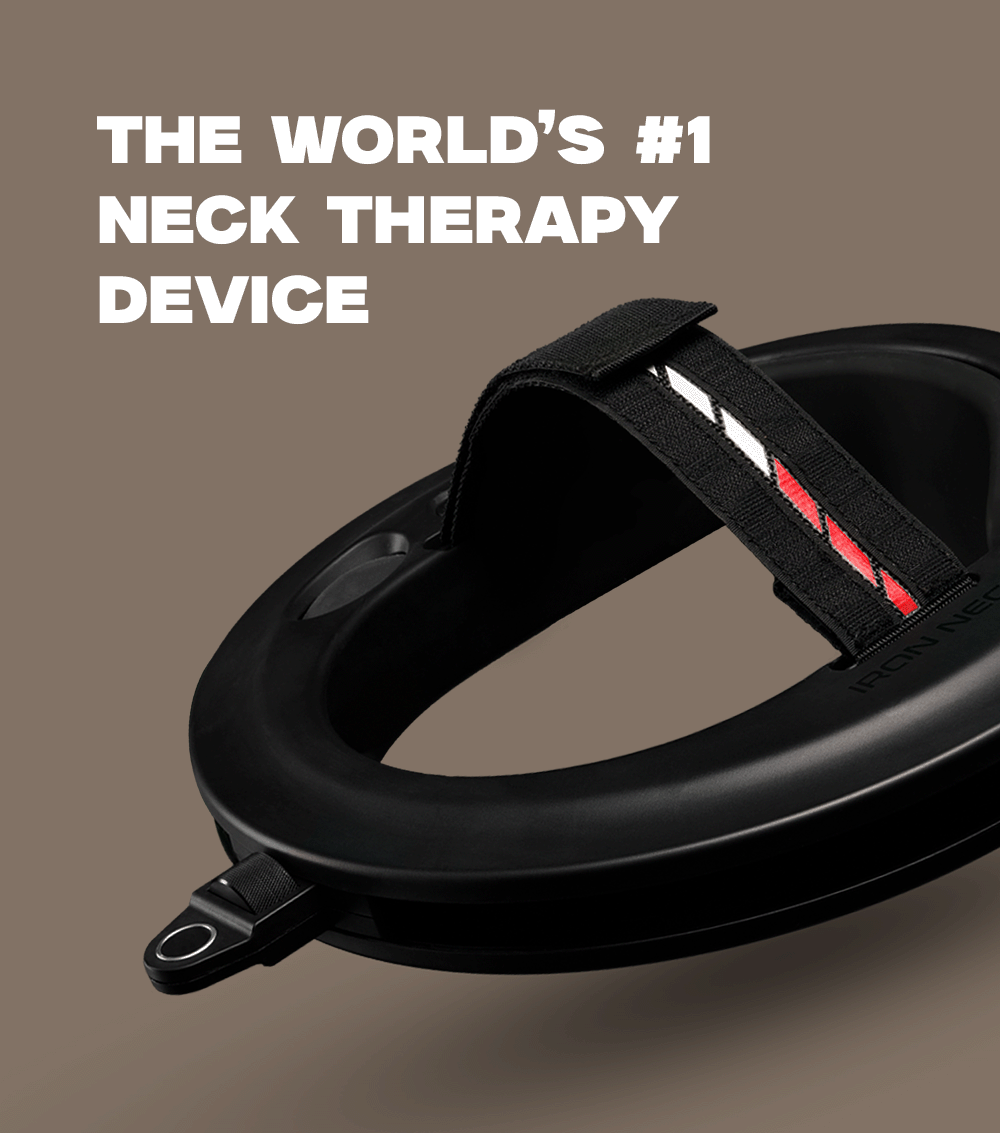
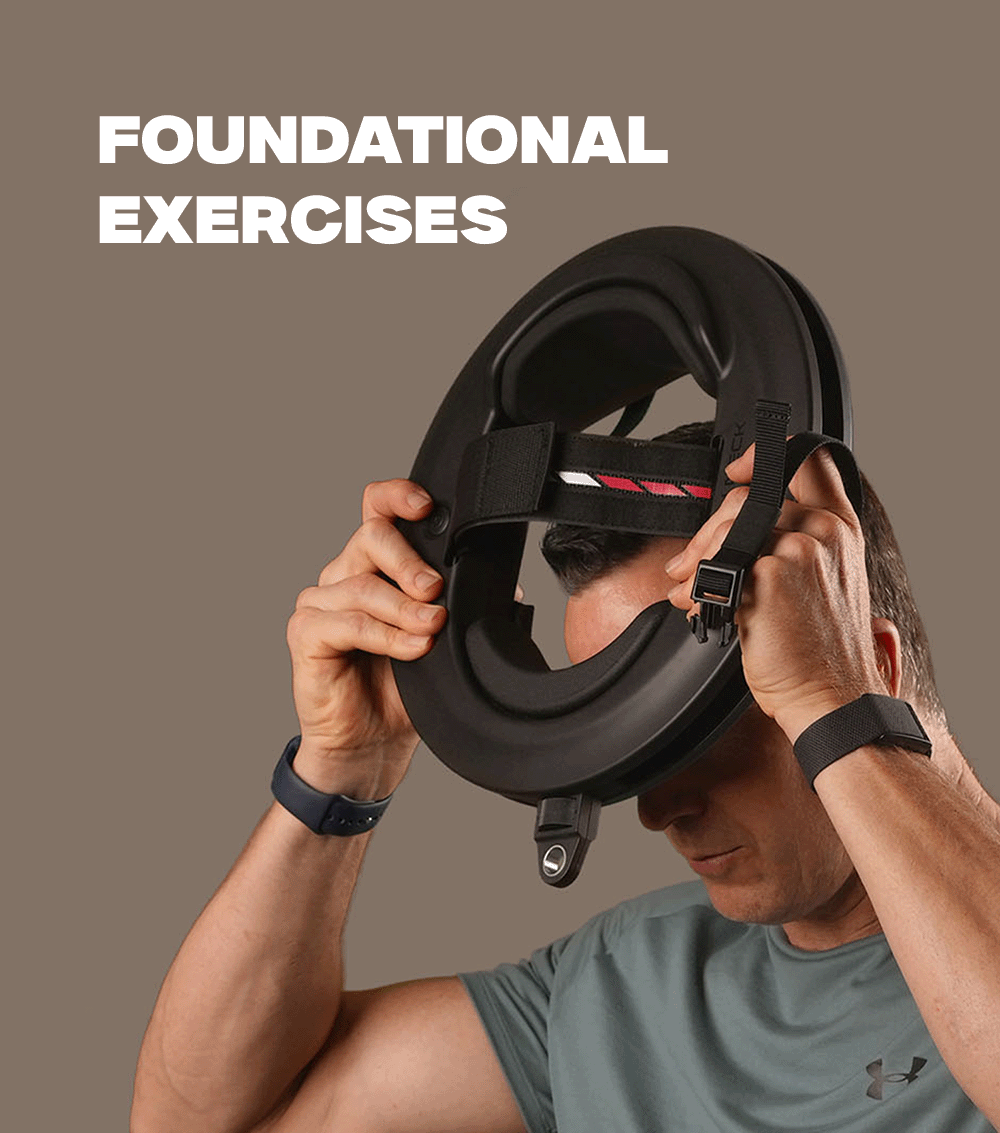
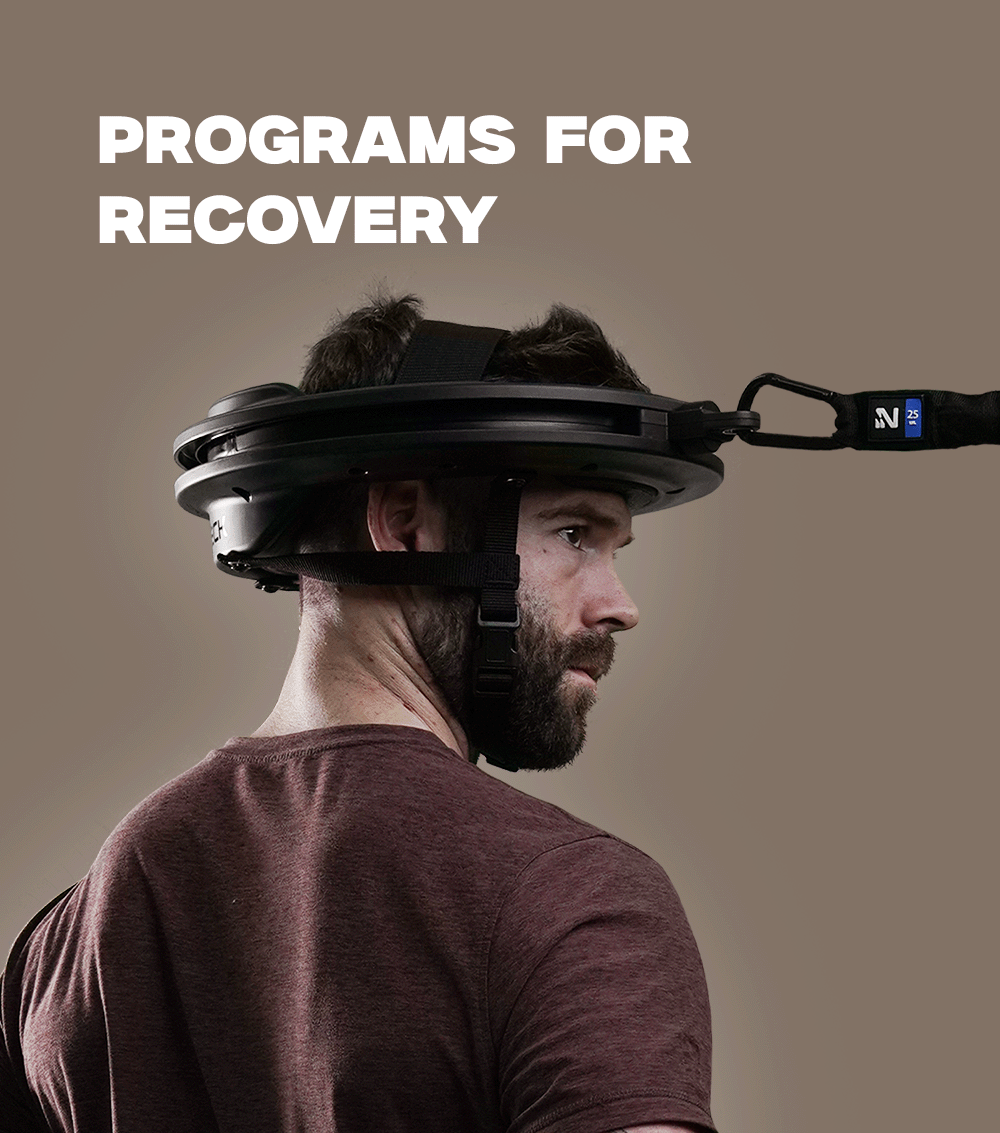
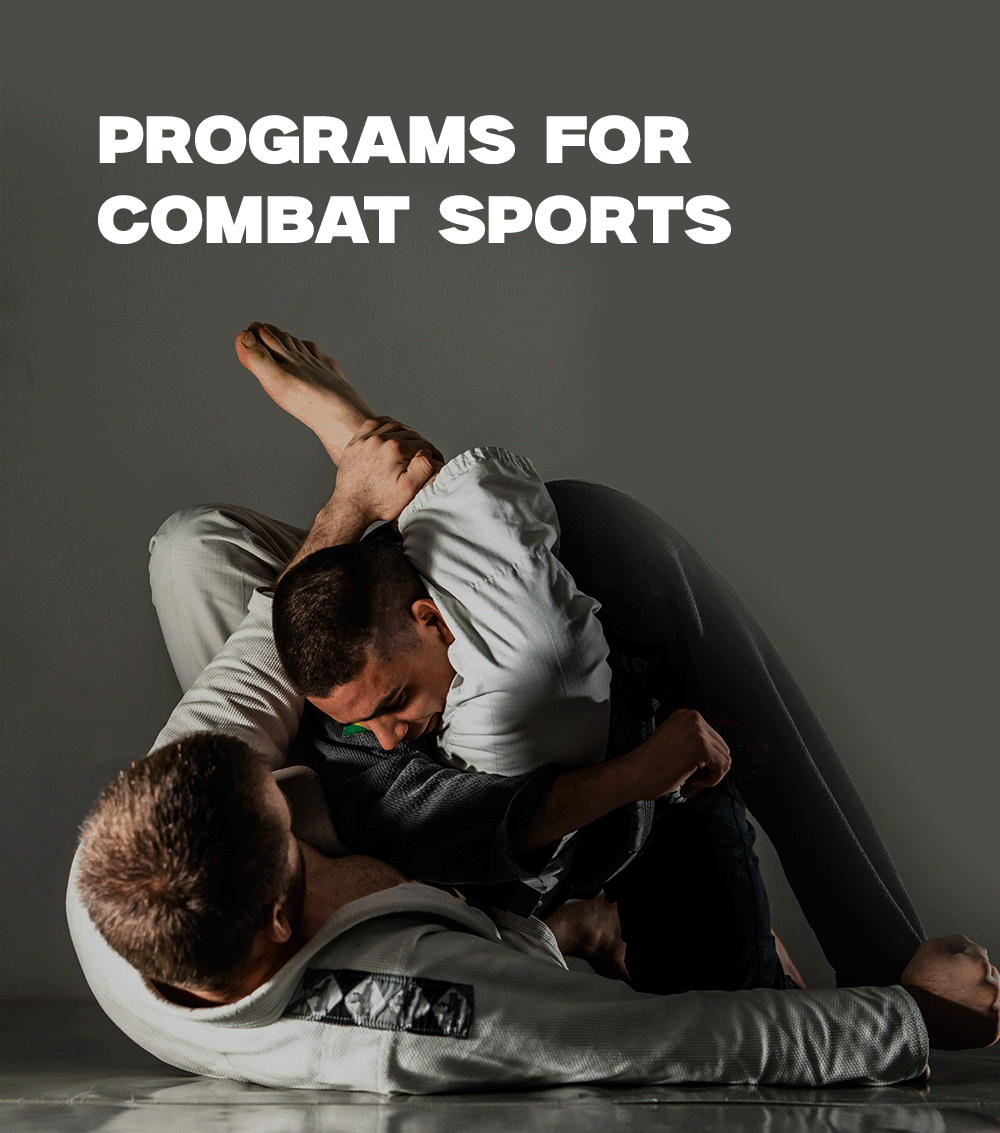

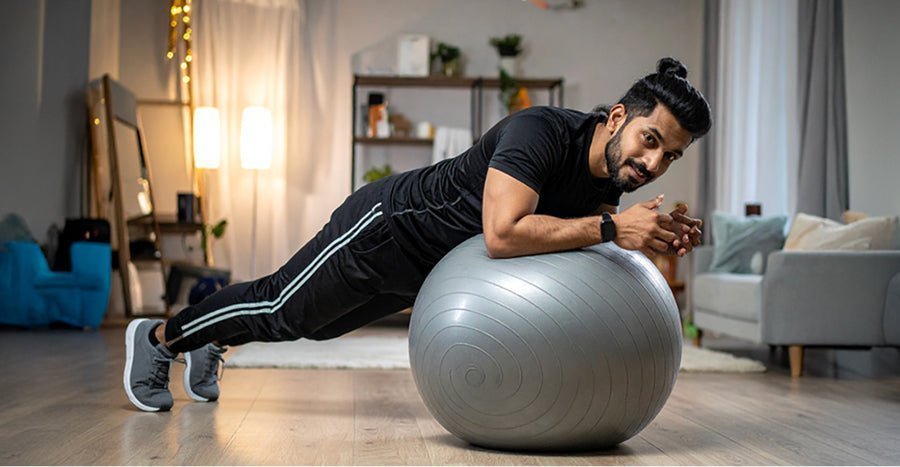
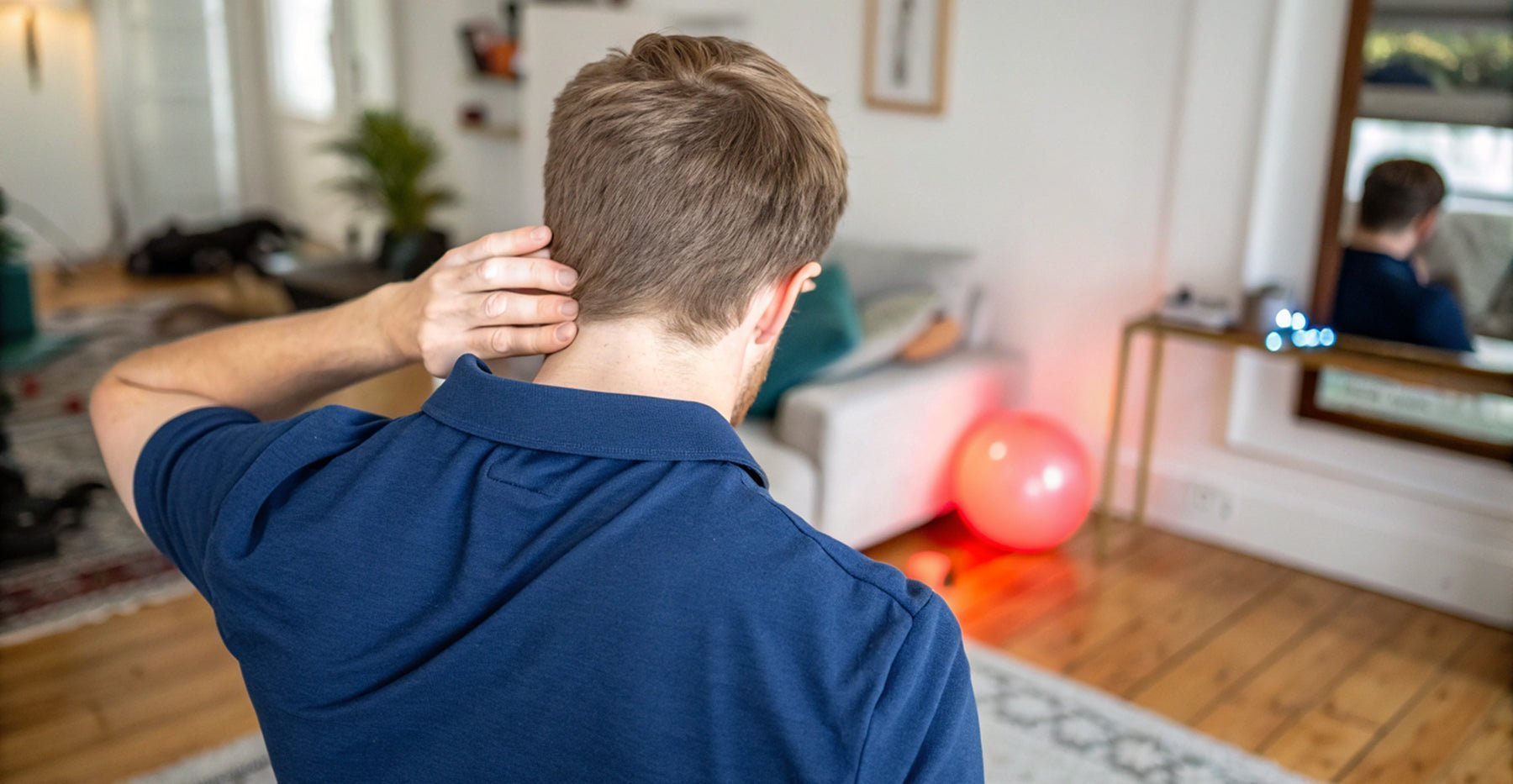
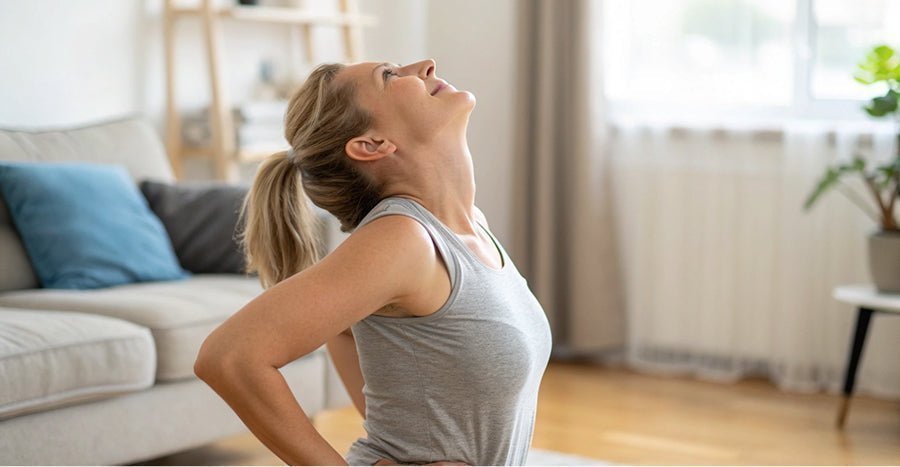
Leave a comment
This site is protected by hCaptcha and the hCaptcha Privacy Policy and Terms of Service apply.